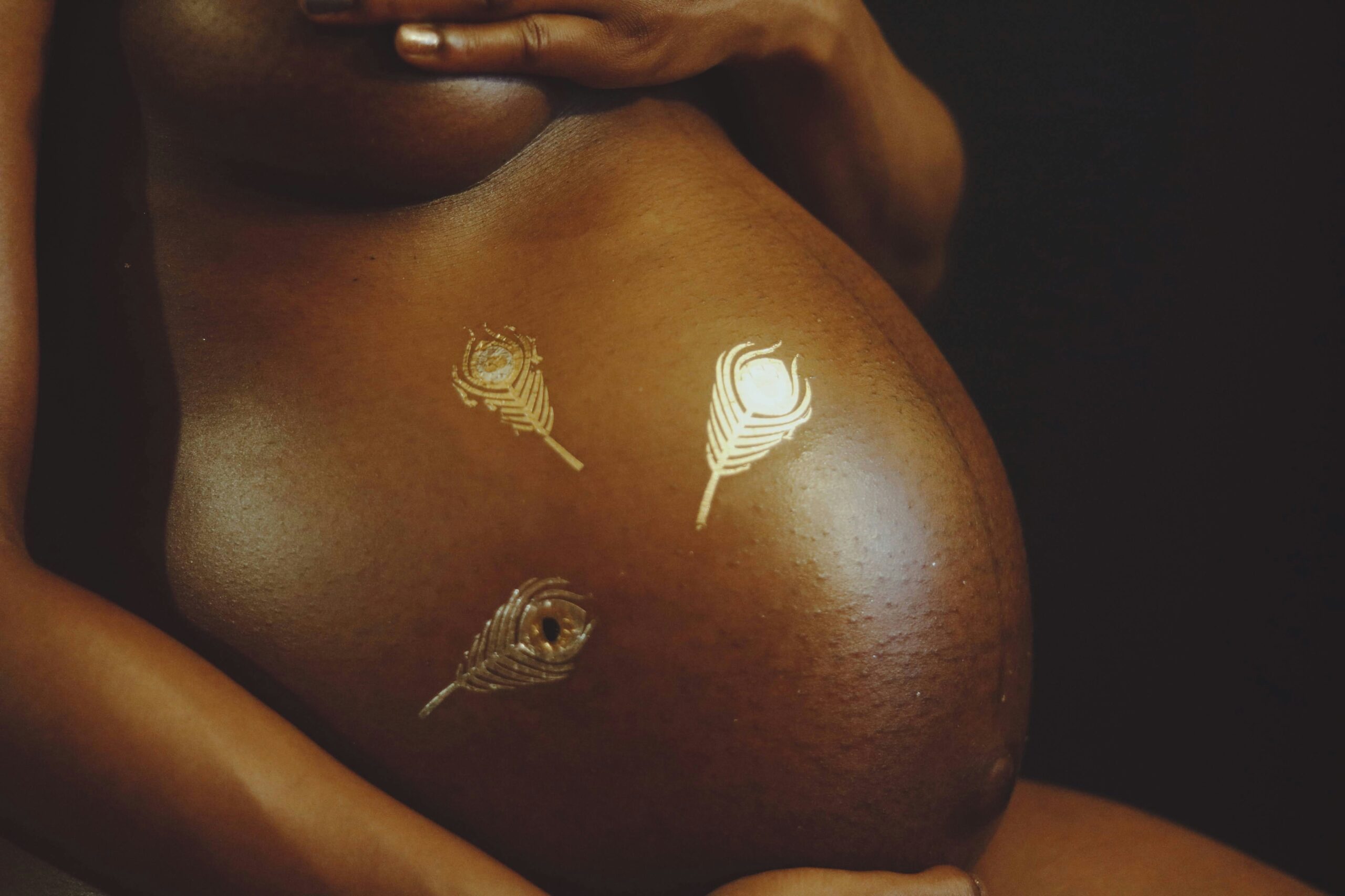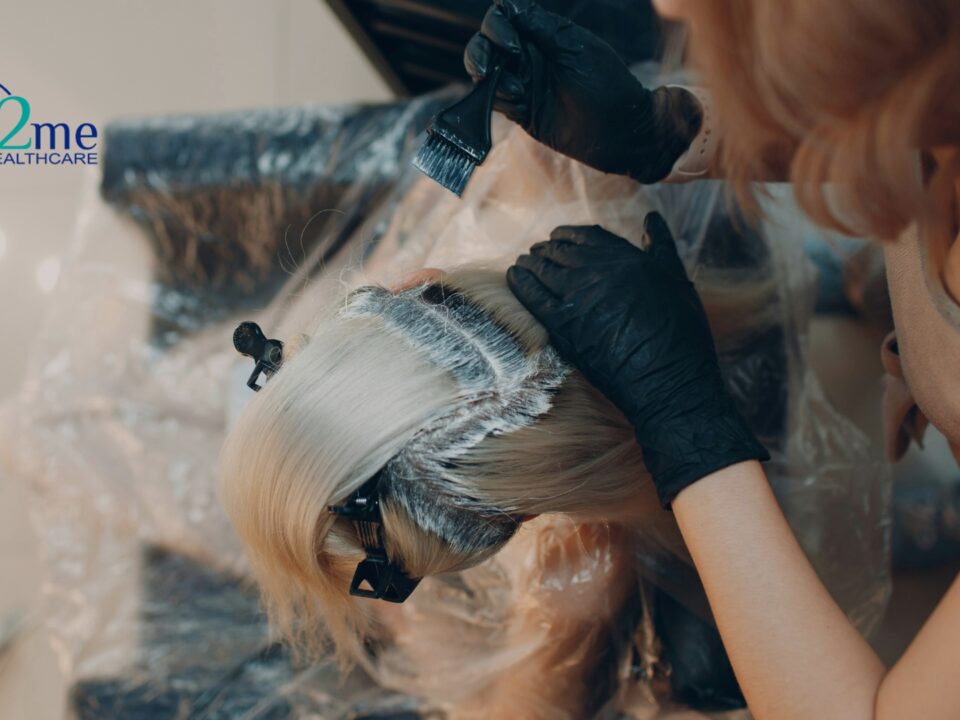Skin Changes During Pregnancy: Managing Stretch Marks and More

Introducing the Fresh Test: A More Natural Option for Glucose Screening
February 21, 2025
Top Birth Plan Questions to Ask Your Obstetrician
March 28, 2025Pregnancy brings about a plethora of changes, both physically and emotionally. Many of these changes are obvious, but one often overlooked area is the skin, which undergoes significant transformations to accommodate your growing baby.
Common Skin Changes During Pregnancy
Pregnancy brings about a cascade of hormonal shifts, impacting various aspects of a woman’s body, including her skin. These changes are largely driven by the surge in estrogen and progesterone, which influence the skin’s structure, function, and appearance.
Hyperpigmentation (Melasma)
Increased melanin production during pregnancy can lead to hyperpigmentation, known as melasma or chloasma. Often manifesting as dark patches on the face, this is sometimes referred to as the “mask of pregnancy.” This condition is more common in women with darker skin tones and those with a family history of melasma.
Stretch Marks
As the uterus expands to accommodate your growing fetus, the skin undergoes stretching, which can lead to the formation of stretch marks. These appear as reddish or purplish lines on the abdomen, breasts, thighs, and buttocks. While genetics play a role in susceptibility to stretch marks, maintaining good skin hydration and gradual weight gain can help minimize their appearance.
Acne
Acne during pregnancy is a common skin condition that affects many women. It is often caused by hormonal changes that increase oil production and clog pores. While it can be frustrating, there are ways to manage and treat pregnancy acne.
Spider Veins
Increased blood flow and hormonal changes can cause the appearance of tiny, red, spider-like veins, often on the face, legs, and chest. These are typically harmless and usually fade after delivery. However, in some cases, they may persist. If you’re concerned about the appearance of spider veins, consult with your healthcare provider or a dermatologist to discuss potential treatment options, such as sclerotherapy or laser treatment.
Dry Skin
Hormonal changes can disrupt the skin’s natural moisture balance, leading to dryness and itchiness. This is especially common during pregnancy, as increased blood volume and hormonal fluctuations can contribute to skin dryness. To combat this, it’s important to keep your skin hydrated by drinking plenty of water and using gentle, fragrance-free moisturizers. You may also want to consider taking lukewarm showers instead of hot ones, as hot water can further dry out your skin.
Managing Skin Changes During Pregnancy
While some skin changes during pregnancy are inevitable, several strategies can help manage and minimize their impact.
- Moisturization: Regular moisturizing is crucial to maintain skin hydration and elasticity. Use gentle, fragrance-free moisturizers or lotions specifically formulated for pregnant women.
- Sunscreen: Protecting the skin from the sun is essential, especially for those prone to hyperpigmentation. Use a broad-spectrum sunscreen with an SPF of 30 or higher.
- Healthy Diet: A balanced diet rich in fruits, vegetables, and whole grains can promote overall skin health.
- Weight Management: Gradual rather than sudden weight gain during pregnancy can help reduce the risk of stretch marks.
- Gentle Cleansing: Use mild, fragrance-free cleansers to avoid stripping the skin of its natural oils.
- Consult a Dermatologist: If you have concerns about severe skin changes or conditions, consult a dermatologist for personalized advice.
Postpartum Skin Care
After delivery, many of the skin changes associated with pregnancy gradually subside. However, some women may experience persistent hyperpigmentation or stretch marks. Continued moisturizing and sun protection can help improve the appearance of these concerns.
Additionally, a nutrient-dense diet can contribute to your recovery and overall skin health. If you have concerns about your continued skin issues after childbirth, ask your dermatologist for treatment recommendations.
A Glowing Pregnancy: Nourishing Your Skin from Within and Out
Skin changes during pregnancy are a common occurrence, influenced by hormonal fluctuations and physical changes. While these changes are often temporary, adopting a proactive approach to skin care can help keep your skin looking its very best. By prioritizing hydration, sun protection, and a healthy lifestyle, pregnant women can maintain a radiant and healthy complexion throughout their pregnancy journey.
Best of all, you don’t have to make this journey alone. Want personalized prenatal care and expert advice during pregnancy? OB2Me offers concierge obstetric care and expert guidance from experienced healthcare providers. Contact us today and take the first step towards a healthy and beautiful pregnancy.




